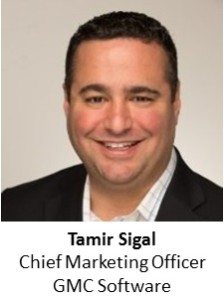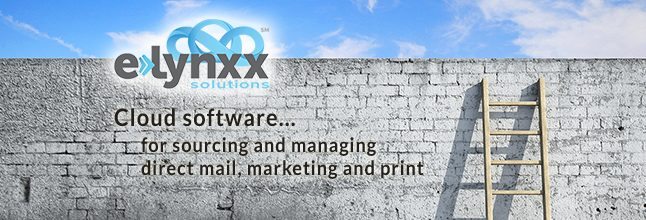Much More Than a City in France
An Interview with XLPrint USA CEO, Gerard Callaghan
By: Skip Henk, EDP – CEO of Xplor International
At our last conference I had the opportunity to meet and speak with Gerard Callaghan, CEO of XLPrint USA, about the various changes in our industry.
I must admit, I was not familiar with XLPrint but after speaking with Gerard and spending some time on their website (http://www.xlprint.com/) it is apparent that their platform, Paris, is relevant, agile and totally focused on transaction documents.
I decided to circle back with Gerard and get him to share a few additional thoughts on XLPrint and his vision for our industry.
Skip: Gerard thank you for taking the time to share your thoughts with the E-Document News audience.
Gerard: It is my pleasure Skip.
Skip: For our readers that are not familiar with XLPrint and its Paris product, give us your 15 second elevator pitch?
Gerard: XLPrint is a software company and Paris is our flagship product. Paris has been employed in over 55 countries, in almost every industry and in thousands of customers producing billions of printed and digital transaction documents a year. Paris is the culmination of more than 30 years of development and refinement of the tools required to efficiently design, compose and deliver transaction documents. Everyone knows that you need the right tool for a job and XLPrint remains focused exclusively on delivering exactly the right tool for transaction document workflow. We do not attempt to make tools for marketing automation or graphics arts, for example. We focus entirely on transaction document production and workflow. We believe that we continue to excel at this.
Skip: Looking ahead 2-4 years, what will our industry look like?
Gerard: I can’t think of a more exciting time to be in our industry. The rate of change and evolution in the customer communication management (CCM) and customer experience (CX) industry is astounding. Having been in this industry for over 30 years I can’t think of any other period of such great innovation and value creation. However, as exciting as these new opportunities are, companies are still very focused at fulfilling the most basic obligation of delivering transaction documents. This is usually done from business systems that have been in place for a decade or more and will remain in place for another decade or more. Many companies need a solution like Paris to handle these requirements, yet be confident they are investing in solutions that support future requirements. ‘Transaction Document Production‘ may not sound as glamorous as ‘Marketing Automation‘ or ‘Customer Experience’, but it is a vital component of any business and its workflow.
Skip: What effect will emerging technologies have on our customers and our industry?
Gerard: We are working on some very exciting ideas for transaction document content and delivery which will appeal to some of our more forward-thinking customers, but the truth is that the majority of our customers expect only incremental change in this area. Our customers still expect to be delivering significant volumes of printed and PDF/Email transaction documents in 2 to 4 years. As we saw with email delivery, there was no overnight change. Print and mail is still the main medium for transaction documents and it has been, and continues to be, a very gradual change to digital delivery. We believe that businesses will continue to look for specialized, robust, future-proof tools for transaction document production and we believe that XLPrint is one of the most focused and reliable providers out there.
Skip: What does the longer view look like? What will transaction document production look like in 15 years?
Gerard: So, even in 10 years’ time, transaction documents will still be printed and mailed and Paris will be there for them however we believe that by then we will be reaching (or have reached) a tipping point and that the majority of transaction documents will be electronically delivered. At this point, there will be an incredible opportunity to deliver spectacular functionality. We believe there will be an explosion in functionality and capabilities. We are already envisioning and working on these ideas and plan to be there for our customers as they evolve into this very bright future. XLPrint has both feet firmly planted on the ground focusing on what customers need “today” but we are very excited about what lays ahead in the longer term.
Skip: Gerard, thank you for your time. If someone would like to get in contact with you and learn more about XLPrint what is the best way to do that?
Gerard: There is obviously our web site at xlprint.com however you can also contact me directly at gcallaghan@usa.xlprint.com
About XLPrint
2017 sees XLPrint celebrate its 31st year in the business of document production and workflow solutions. We have witnessed, and been a party to, incredible changes in the way that documents are produced, distributed and managed and continue to be at the leading edge of that evolution. With thousands of installations spanning more than 55 countries, producing billions of physical and electronic pages each year, our global industry and market experience is unparalleled.
We pride ourselves on thinking beyond today, and strive to revolutionize how your business will manage tomorrow’s document production opportunities. We base our success on leading-edge technology, reliable and knowledgeable support and solid partner relationships
Skip Henk, EDP
President/CEO
Xplor International
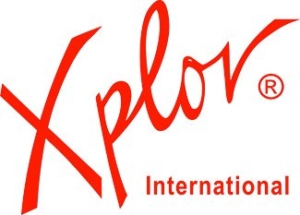
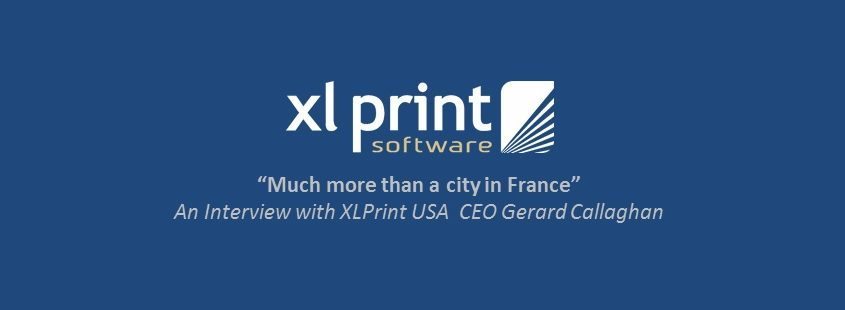

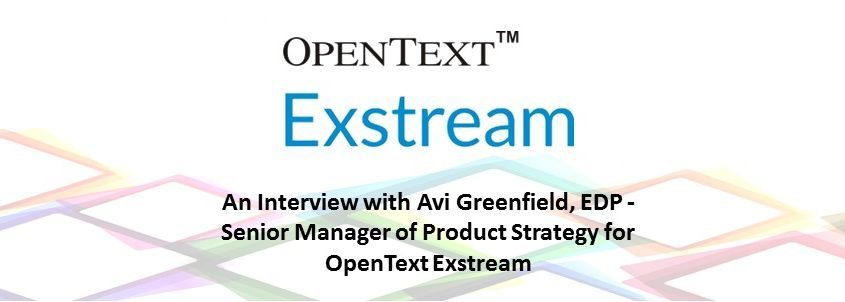
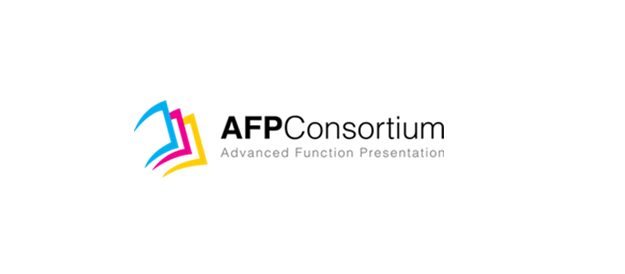
 Harry: As you well know, the print industry, and especially the digital printing industry, is constantly changing. The consortium has been hard at work helping AFP’s end users stay ahead of the game, making big strides on key issues, such as reaching agreement on a standard interchange set (IS/3), continuing to enhance color support, and defining a metadata framework to support tagging at the print file and object level. We defined a subset of AFP for archiving, of which metadata is a key component. Recently, this AFP archive (AFP/A) subset achieved ISO certification, which is essential for end users who want a high degree of confidence when creating searchable, reliable archives, whether to meet their internal needs or to satisfy externally mandated compliance.
Harry: As you well know, the print industry, and especially the digital printing industry, is constantly changing. The consortium has been hard at work helping AFP’s end users stay ahead of the game, making big strides on key issues, such as reaching agreement on a standard interchange set (IS/3), continuing to enhance color support, and defining a metadata framework to support tagging at the print file and object level. We defined a subset of AFP for archiving, of which metadata is a key component. Recently, this AFP archive (AFP/A) subset achieved ISO certification, which is essential for end users who want a high degree of confidence when creating searchable, reliable archives, whether to meet their internal needs or to satisfy externally mandated compliance.

